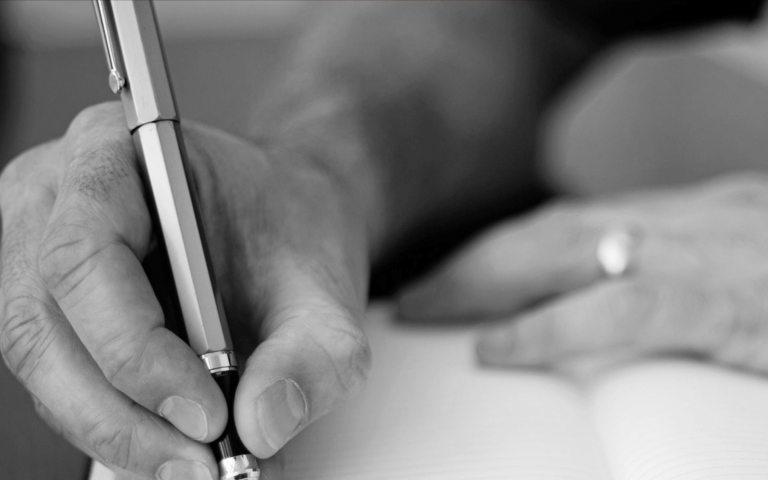 For the past four years, helping teams build high-trust relationships has been a significant portion of my consulting practice. My clients and I achieved some decent results together, but something was missing from my approach. Up until 2010, I had assumed that 2 people who have a damaged-trust relationship can shake hands, agree to work together, “let bygones be bygones,” and move forward in a trusting way.
For the past four years, helping teams build high-trust relationships has been a significant portion of my consulting practice. My clients and I achieved some decent results together, but something was missing from my approach. Up until 2010, I had assumed that 2 people who have a damaged-trust relationship can shake hands, agree to work together, “let bygones be bygones,” and move forward in a trusting way.
I was wrong.
Trust is confidence in the competence and character of another, based on past experiences. Higher levels of trust correlate with higher efficiency, productivity, satisfaction, loyalty, and profitability.
What causes a rift in trust between two people is that one (or both) of us feels harmed by some past behavior of the other. Whether the harm was intentional or not, we learn to avoid that pain and be wary of the one who inflicted it. Often we assume foul motives: “She hurt me; she must have been trying to hurt me.”
In 2010, I had an epiphany about trust that changed the way I consult: Each injury damages the relationship, and the damage adds up over time. Until we go back and repair the damage, we can’t move forward in the relationship.
Repairing the damage is hard work. It requires vulnerability, a willingness to forgive, accepting responsibility for the impact of our own behaviors, and some uncomfortable conversations. Most people would rather ignore the damage and move forward. But it doesn’t work that way. Until there is reconciliation between the affected people, the level of trust will be capped by the amount of the unrepaired damage.
The key is to look inside ourselves before we try to reach out to others. Here’s a process I recommend to clients, called the Reconciliation Ladder:

We start at the bottom rung. The first 3 rungs involve determining what element of the damaged trust we each own (“my trash”), then doing something about it. The next three rungs require reaching out to the other person and accepting responsibility for our own behaviors and impact. The last two (top) rungs require us to talk about the other person’s contribution to the damaged trust (“your trash”).
It gets harder the higher we climb:
- The bottom 3 rungs can happen in our own head and heart, so we have control.
- The middle rungs require us to start being vulnerable by including a second person in the conversation, who may not be aligned with our game plan for reconciliation.
- The top seems easier, because we’re focusing on others’ shortcomings, but it is the hardest to do well, because we have to carefully speak the truth about someone else’s trash. The key here is the word “carefully.” Another way to say that would be “with a loving heart” or “with kindness.”
In this process, we may be rejected. The other person may not accept the apology, forgive us, or agree with our view of what caused the damage. But that’s the risk we take. And in my own relationships, I have found that there is great power in a genuine apology to soften even the hardest heart, over time. Sometimes the other person won’t get on the ladder until they see me climbing.
Before 2010, I was asking people to leap up to grab the last rung on the ladder, without doing the hard and deliberate work of climbing, one rung at a time. The ladder can seem daunting when viewed from the ground. Thankfully, we don’t have to commit to the entire ladder all at once. Even the first step up is helpful in starting to repair the damage.












